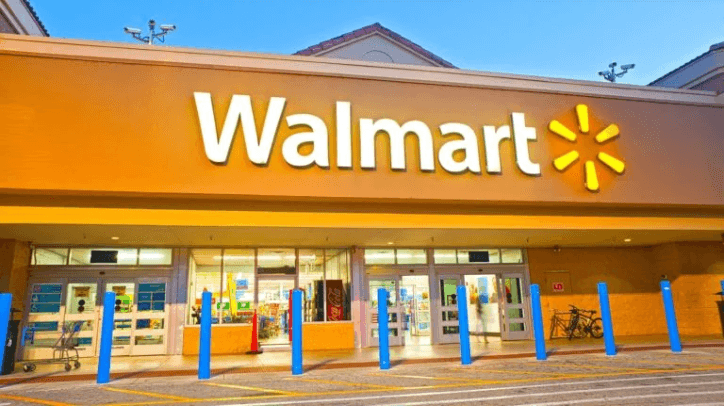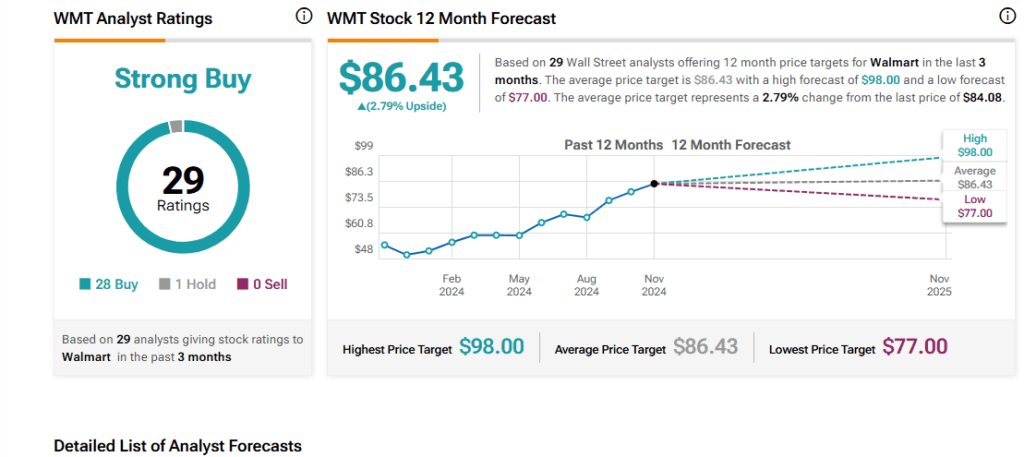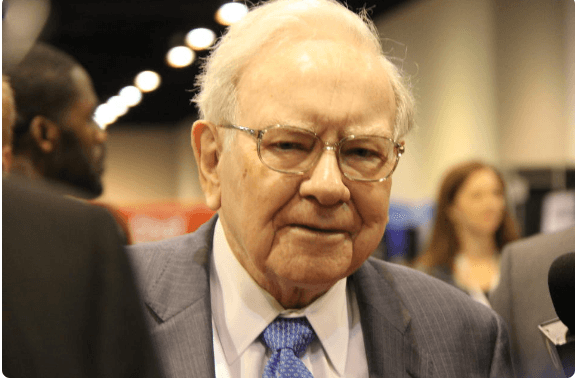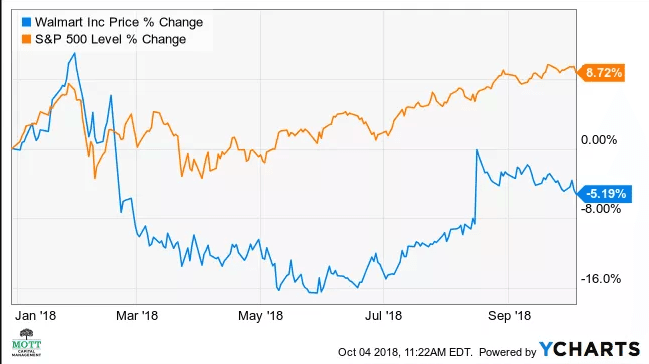
Walmart, the world’s largest retailer, continues to strengthen its position in the retail landscape as it enters the pivotal holiday season. By leveraging its reputation for low prices and adapting to evolving consumer behaviors, Walmart has seen substantial growth in both sales and profits. Here’s an in-depth look at Walmart’s recent performance and its strategies for sustaining growth in an ever-changing economic environment.
Key Highlights from Walmart’s Recent Performance
- Quarterly Growth
- Walmart reported a net income of $4.58 billion in the quarter ending October 31, a remarkable leap compared to the previous year.
- Sales increased by 5.5%, reaching $169.59 billion, surpassing analyst projections.
- Comparable store sales in the U.S. grew 5.3%, an acceleration from earlier quarters.
- E-Commerce Expansion
- Enhanced Profit Forecasts
- Walmart revised its fiscal 2025 growth forecast, predicting a 4.8% to 5.1% rise in consolidated net sales and adjusted profit per share of $2.42 to $2.47.
Driving Factors Behind Walmart’s Success

Adapting to Consumer Behavior
As inflation begins to ease, consumers are regaining purchasing power. Walmart has successfully attracted a wide income demographic, including households earning over $100,000 annually, with its affordable pricing and diversified product range.
Holiday Season Preparedness

Walmart kickstarted the holiday shopping season early, offering discounts on toys, household items, and groceries. Its private-label brands and enhanced grocery sections have further bolstered its appeal to cost-conscious shoppers.
Efficient Supply Chain Management
Anticipating economic uncertainty, Walmart has focused on mitigating inflationary pressures through strategic partnerships with suppliers and an expanded private-brand portfolio.
Challenges on the Horizon
Impact of Proposed Tariffs
The recent election of Donald Trump and his proposed tariffs on imports could disrupt pricing structures. Walmart’s CFO, John David Rainey, acknowledged that tariffs are inherently inflationary but emphasized Walmart’s commitment to minimizing costs for customers.
Consumer Uncertainty
While consumer spending remains robust, factors such as rising household budgets and potential political instability could temper holiday sales.
Positioning for Long-Term Growth
Technological Investments
Walmart has been prioritizing technology to enhance customer experience, including faster delivery options and seamless online shopping. CEO Doug McMillon noted significant growth in store pickups and delivery services, underscoring the success of Walmart’s omnichannel strategy.
Global Expansion
In addition to its strong U.S. presence, Walmart continues to grow its international operations, leveraging its scale to optimize supply chains and introduce competitive pricing globally.
Sustainability and Social Responsibility
As part of its long-term strategy, Walmart has emphasized sustainability initiatives, aiming to reduce environmental impact while maintaining cost efficiency.
Market Implications
Walmart’s upward trajectory serves as a barometer for broader retail trends. Its ability to navigate inflation, adapt to consumer needs, and prepare for economic and political uncertainties sets a benchmark for other retailers.
Conclusion
Walmart’s strong performance reflects its strategic foresight and ability to meet consumer demands in a fluctuating economic landscape. By focusing on affordability, digital growth, and supply chain efficiency, Walmart not only positions itself as a leader during the holiday season but also lays the groundwork for sustained success in the future.


